Attraction
Historical Sites Around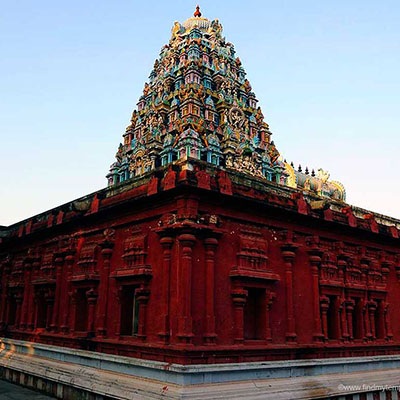
Avudaiyarkoil
This temple is a place where lord shiva gave moksha to saint Manikavasagar who is one of the members of Nayanmars. Athmanatha Samy temple contains life-size sculptures. The roof of the Avudaiyar Koil is made up of copperplates similar to that of the Nataraja temple at Chidambaram having golden plates. The temple is noted for its granite roof work. The saint Manickavasaga had been given high focus in this temple. It has been under the control of Thiruvadu Thurai Atheeyenam.
This temple is known for its ancient wall paintings and majestic statues.
Avudaiyarkoil is 18 km away from Hotel Sami V Landmarks – Aranthangi.
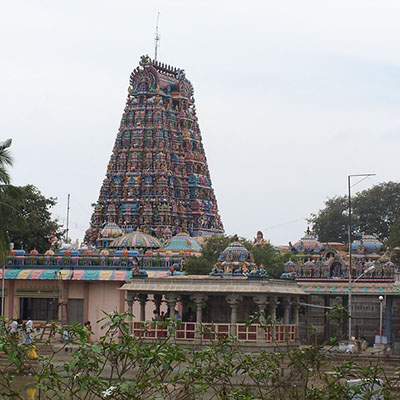
Pillaiyarpatti
Pillayarpatti is an ancient rock-cut temple. In this temple, he is also known as “Karpaga Vinayagar as he is satisfying the wishes of his devotees like the Karpagam tree. Here Lord Vinayaga appears with 2 hands unlike in other places where he is seen with 4 hands. Also, he is seen seated without Angusapasam, with his legs folded and stomach not touching the Asanam in the form of “Artha Padma” Asanam.
The deity of this temple is known as “Marudeeswarar” as Marudha tree (In Sansscrit Arjuna Virutcha, the Botanical name is Terminalia Arjuna) worship is followed in this temple which indicates that this temple is an ancient temple. The sculpture of Pasupatheeswarar, “A cow worshipping Lord Siva by offering his milk” is the special feature of this temple. Also, Kubheran the Lord of wealth had worshipped at this temple.
Pillayarpatti is 42 km away from Hotel Sami V Landmarks – Aranthangi.
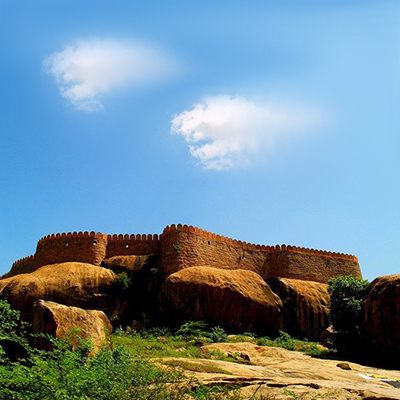
Thirumayam Fort
This Fort in Thirumayam was built by Sethupathy Vijaya Ragunatha Thevar of Ramanathapuram in 1687 A.D to protect the subjects from the enemy. The actual fort is two times greater than the fort as we have seen today. A rock-cut Siva temple and a Vishnu temple with, different statues, Darbar Hall, some inscriptions, and a pillared corridor were situated at the foot of the hillock adjacent to the Fort. It is under the control of the Archaeological Survey of India. Many Tourists survey this spot for its historical importance this place.
Thirumayam Fort is 35 km away from Hotel Sami V Landmarks – Aranthangi.
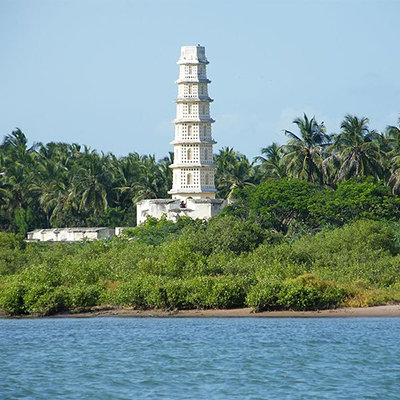
Manora Fort
The Manora Fort is a majestic fort situated along the shore of the Bay of Bengal which is 45 km away from Aranthangi. The fort was built by Maratha ruler Serfoji II in 1814–1815 to commemorate the successful advance of the British over Napoleon Bonaparte. It is an 8-storied, hexagonal tower, which is 23-meters high overlooking the Bay of Bengal. The fort derives its name Manora, from the word Minaret.
Manora, Monument is 45 km away from Hotel Sami V Landmarks – Aranthangi.
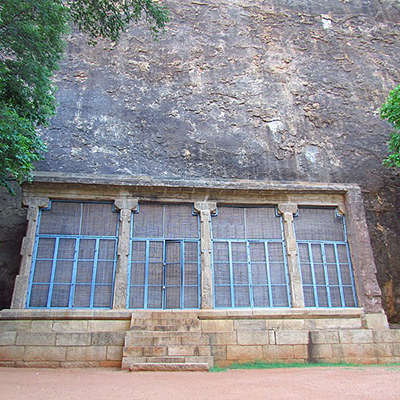
Chithannavasal
Chithannavasal is a Prominent Tourist Centre of Pudukottai District. It is located on the way Annavasal – Pudukottai Road at a distance of 52 km from Hotel Sami V Landmarks – Aranthangi. It is fondly called the ‘Ajanta cave of south India’. In ancient days the Jain Monks used to live in caves and hillocks so as to perform their ascetic life. They polished the hill for the purpose of poojas and penance in the open shelter. Such a type of Jain temple and Jain beds are found in Sittannavasal and surrounding places. The Eastern side of the Sittannavasal hill has more than 17 beds. The rare Brahmi Tamil script inscriptions are found near the beds. The Jain Beds are collectively known as the Ezhadi pattern.
A second-century Jain temple in Chithannavasal consisting of a Mahavir statue on both sides of the wall is considered as a ‘Meditation Hall’ or Arivar temple. The ceiling of the Arivar temple is full of Fresco herbal painting that dates back to Mahendra Varma Pallava. Paintings of a royal couple and a lotus tank with marine creatures are notable fresco paintings. These paintings are considered to be the next of Ajantha cave Paintings at Aurangabad. The cave temples are under the control of the Archaeological Survey of India.
The Excavations of Archaeological survey of India reveals that the surroundings of the Chithannavasal have unearthed burial pots. These pots are known as Muthumakkal Thazhi. After death, the Jain monks are kept in the pot and buried in the Burial Ground.
